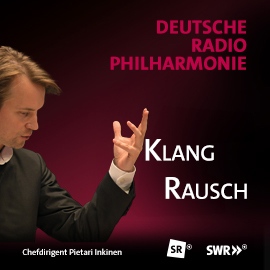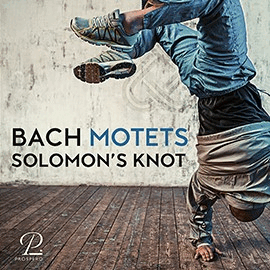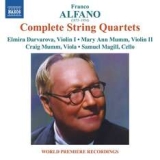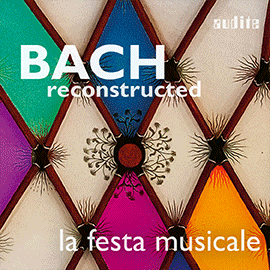In weiteren Ersteinspielungen von Franco Alfano bietet das Label Naxos nunmehr die drei Streichquartette an. Das erste Quartett startet turbulent und von Dissonanzen geprägt. Im mittleren Satz entsteht eine schwermütige Sequenz von spiritueller Tiefe, bevor im dritten Satz die Unruhe wieder kehrt. Unter Auslotung aller Möglichkeiten der Instrumente öffnen sich weite Gefühlsebenen. Dieses Werk zeigt sich monothematisch, so dass der laufend wechselnde spanisch maurische Habanera-Rhythmus eine Klammer über alle Sätze formt.
Das kürzere zweite Streichquartett hat dagegen einen weitgehend tonalen Charakter. Hier sind die drei Sätze verknüpft. Während der erste Satz von vielen musikalischen Einflüssen geprägt ist, bietet sich der zweite Satz schon vom Titel her ‘wie ein Kinderlied’ an. Zartheit und Unschuld werden mit dem Einsatz von Pizzicato und Harmonik erreicht. Eine andere Natürlichkeit bietet der dritte Satz, der an einen rustikalen Dorftanz gemahnt, der im Laufe des Festes Charakterwechsel durchläuft.
Das Streichquartett Nr. 3 beginnt in der sehr verzweifelten Stimmung als Hommage an seine verstorbene Lebensgefährtin. Im zweiten Satz ist wieder ein Volkstanz in der phrygischen Tonart bestimmend, während der folgende Abschnitt in der äolischen Tonart erklingt. Das Finale mit einem monothematischen Marsch entwickelt sich mit harmonischen und metrischen Modulationen bis hin zu einem Fugato.
Die Einspielung haben vier Musiker besorgt, die zwar zum Teil schon zusammen gespielt haben, aber für diese Quartettbesetzung keinen Namen als Ensemble gewählt haben. Sie wissen die unterschiedlichen Ausprägungen dieser Musik gut herauszubringen. Schreibt Alfano dissonant, so trauen sie sich, das auch deutlich und prägend zu zeigen. Bietet die Musik große Stimmungen und unbeschwerte Momente an, dann lassen sie diese auch so frei erklingen. So vermitteln sie die Bandbreite dieser in drei Jahrzehnten der ersten Hälfte des letzten Jahrhunderts entstandenen Werke in einer konzentrierten Lesart. Dass sie dabei die feinste Nuancierungs- und Abstimmungskunst eines ständigen Quartetts nicht ganz erreichen, wird durch die plastisch tragenden Interpretationen, die auch die expressionistischen Seiten der Werke zeigen und die Vermittlung dieser weitgehend unbekannten Musik wettgemacht.
In further first recordings by Franco Alfano, the Naxos label now offers the three string quartets. The first quartet starts turbulently and is marked by dissonance. In the middle movement, a melancholy sequence of spiritual depth emerges before the restlessness returns in the third movement. Exploring all the possibilities of the instruments, vast levels of emotion open up. This work is monothematic, so that the constantly changing Spanish Moorish habanera rhythm forms a parenthesis over all the movements.
The shorter second string quartet, on the other hand, has a largely tonal character. Here the three movements are linked. While the first movement is marked by many musical influences, the second movement lends itself « like a nursery rhyme » from its very title. Delicacy and innocence are achieved with the use of pizzicato and harmonics. The third movement offers a different naturalness, reminiscent of a rustic village dance that undergoes character changes as the celebration progresses.
The String Quartet No. 3 begins in the very despairing mood as a tribute to his deceased companion. The second movement is again dominated by a folk dance in the Phrygian key, while the following section is in the Aeolian key. The finale, with a monothematic march, develops with harmonic and metric modulations up to a fugato.
The recording was made by four musicians, some of whom have played together before, but who did not choose a name as an ensemble for this quartet setting. They know how to bring out the different expressions of this music well. If Alfano writes dissonantly, they dare to show it clearly and formatively. If the music offers great moods and light-hearted moments, they let them sound so freely. In this way they convey the range of these works, written in three decades of the first half of the last century, in a concentrated reading.
The fact that they do not quite achieve the finest nuances and tunings of a permanent quartet is made up for by the vividly sustaining interpretations, which also show the expressionistic sides of the works, and the presentation of this largely unknown music.






















